Monday July 24, 1916
Another move forward. The 26th started for the trenches last night about 7:30. We went about five miles passing near the village of Stierstraat and Dickebush. We are now in a woods called Scottish Bush about 500 yards behind the trenches. Here we begin to get a glimpse of real war. We arrived about 11:30 p.m. We in B Co. heard that A Co. were out last night and that we are to go out tonight. Sunday seems to be as good a fighting day as any other. Our knapsacks were left behind in our billets at Renningheist while we went forward with our haversacks shifted from our sides to our backs, water bottles and 150 rounds of ammunition, rifles and two gas helmets each. We have a new one now made of the regulation saturated gray heavy flannel with goggles and mouth piece with the exception of a piece of red rubber sponge around each eye window to keep any gas from getting in the eyes. The gas used by the Germans is usually chlorine gas.
In the woods here we live in dugouts, some partly built into the ground, others made of sandbags. They are about fifty feet longs and about ten feet wide inside built of sandbags. They are only shrapnel proof as the roof is only two sandbags thick. A shell burst into one last week and killed 14 men. The dugouts are built in any spot so as not to look too artificial to flying aircraft. Then the roofs are covered with green boughs, and earth thrown on soon sprouts with grass. The trees are heavily pitted with rifle bullets on the side facing the trenches and the ground and trees are frightfully torn up and twisted. The ground is a confused mass of small hillocks and deep holes, made from enemy shells.
On the way out here we passed through fields heavily marked with shell holes. Behind the lines one is surprised at the ingenuity displayed. The army don't hesitate to build good solid macadam roads or corduroy roads through fields or meadows by the shortest routes to the trenches. Running along a barbed wire fence ran a telegraph wire. When it came to a road, the wire went underneath and continued on the other side.
We came to a couple of odd looking houses built of canvas to look like a two storey frame house. Doors and windows were painted on the sides and one would easily pass them by as real houses. These were holding very large guns. When the gun was to be fired the apparently solid frame wall was drawn aside and when the gun was fired the wall dropped back into place.
Nearly every soldier is buried in a regular grave yard behind the lines, nearly always one body to a grave. The grave yard is neatly fenced off and each grave is marked by a large wooden cross about 4 feet high, painted white.
We have absolutely nothing to do during the day except under emergency, but keep quiet and not move around too much, and thus give our position away, for then we are liable to be shelled.
Brought a little canned stuff with me as I hear that we go short of food in the trenches if German shells won't permit ration parties bringing it in.
Everybody hopes the war will be over in six weeks, but it looks like another winter to us. Though we have only the London papers to go by all of which can be bought in the village store back in the billets.
There are gun dugouts hidden all around us and it makes quite a racket when they are firing nearly all the time night and day. Nearly all the regular activity of all kinds goes on at night. We, the 26th, are to spend 5 days in reserve trenches going into the front line trenches at night for fatigue work. This means anything such as stretcher bearing, taking up rations, building up wrecked trenches, digging new ones, and other details. As I sit here the air is full of shells of all calibres rustling through the air high overhead. The air and ground are all atremble with the continuous explosion of our guns.



